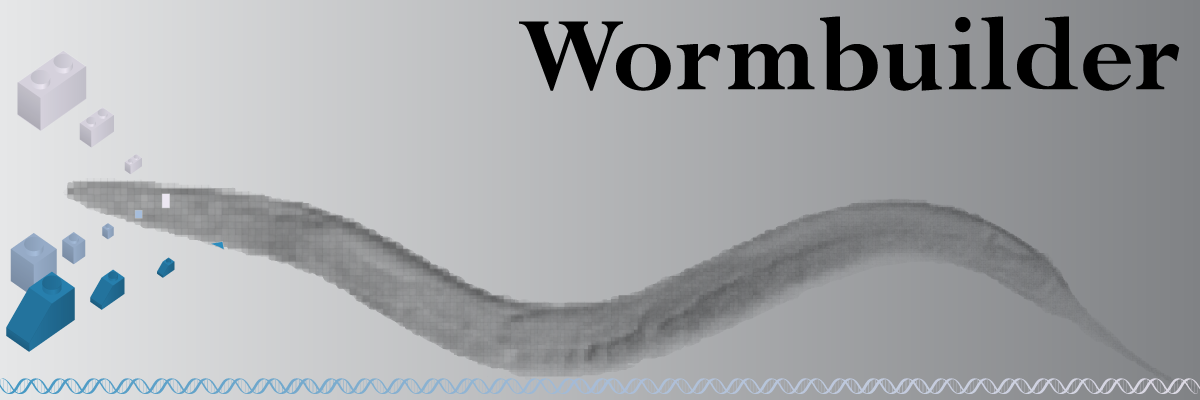FAQ
Please feel free to send questions through the feedback link – I will try to answer as quickly as possible and post questions here that are of general interest.
Practical considerations
Is the miniMos method published?
A manuscript describing miniMos transgenesis has been accepted at Nature Methods (Jan 2014) and should be published around April 2014.
Can I use the reagents before publication of the technique?
Yes. We have deposited all the necessary reagents with Addgene (see plasmids) and published protocols here on the site.
What are the limitations for using the reagents prior to publication?
We ask that you do not use the reagents to develop gene-trap constructs. We are working on a manuscript describing how the miniMos element can be used as a gene-trap and will release the reagents as soon as possible.
Can I use the technique in a publication before you publish the method?
Yes. Please cite “Frøkjær-Jensen C, Davis MW, Sarov M, Taylor J, Flibotte S, LaBella M, Pozniakovski A, Moerman DG and Jorgensen EM. Random and targeted transgene insertion in C. elegans using a modified Mos1 transposon. Nature Methods. (In press)” if you publish before the paper comes out.
Technical considerations
How efficient is the insertion frequency relative to mosSCI?
In our hands the insertion frequency is higher than mosSCI. We approximately get insertions from 60% of injected animals and from approximately 10% of all rescued F1 animals. But these numbers will depend greatly on how much practice you have in injecting.
How many insertions does each animal carry?
In all the lines we have characterized (> 200) we have only observed insertion into a single genomic locus. In approximately 10 % of the insertions, there are two copies of the transposon inserted into the same genomic locus. This can be avoided by using the vectors that contain the hs:peel-1 negative selection in the backbone, because most often the entire backbone is co-inserted. Alternatively, a simple PCR for the backbone fragment can be used to determine if the insertion contains more than one copy of the transposon.
Can you get multiple insertions from the same injection?
Yes. We frequently see multiple insertions from a single injected animal. The insertions segregate independently but we have observed up to 7 independent insertions from a single injection. So, it is worth screening the plate for an insertion that expressed brightly or in the germline if that is the goal.
Are some insertions truncated like mosSCI insertions?
No, not as far as we can tell. By injecting fluorophores that are broadly expressed we have never observed any insertions that are not expressed. This is likely because miniMos transposition is a “cut and paste” process compared to the “copy-paste” repair process from mosSCI. That said, truncations probably happen at some low frequency so it would be prudent to check several insertions in parallel.
Are transgenes inserted by miniMos expressed in the germline?
Sometimes. Insertions into the central part of autosomes tend to be expressed in the germline. Insertions into the arms of autosomes (particularly the arm with the pairing center) and the X chromosome are often silenced in the germline. We have characterized Ppie-1:GFP:H2B insertions in detail. Approximately 60% of these insertions are expressed in the germline.
Are all miniMos insertions expressed at the same level in somatic cells?
No. We see some evidence of position effects. Generally, insertions into the the central part of autosomes are expressed at high levels. Insertions into the arms of autosomes (particularly the arm with the pairing center) and the X chromosome are often expressed at reduced levels or in a tissue restricted pattern. For this reason, we strongly recommend checking several lines and ideally picking insertions into the central region of autosomes.
What is the advantage of miniMos relative to mosSCI?
miniMos insertions are of higher fidelity and can carry large transgenes, which are a challenge with mosSCI. Furthermore, the insertion frequency is higher.
For reproducible expression of several transgenes that need to be compared we would suggest using mosSCI instead.
How important is it to keep the worms at 25°C after injection?
It is really quite important. The efficiency is high at 25°C, much lower at 20°C and the technique almost does not work at 15°C. We do not know why this is so – we do not observe the same temperature dependence for mosSCI.
